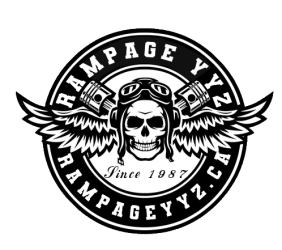Downsview Airport is a former military airfield and current civilian airport located in Downsview, a neighborhood in the northern part of Toronto, Ontario, Canada. The airport has a long and storied history that spans more than 75 years.
The site where Downsview Airport now stands was originally a farm owned by the Sheppard family, who had been living in the area since the early 1800s. During World War II, the Canadian government expropriated the land and converted it into a military airfield. The airfield was used by the Royal Canadian Air Force (RCAF) for training purposes, and it played a key role in the war effort.
After the war, the airfield was leased to de Havilland Canada, a Canadian aircraft manufacturer. The company used the airfield to test and develop its aircraft, including the famous DHC-2 Beaver and DHC-6 Twin Otter. The airfield was also used to produce parts for the Avro Arrow, a Canadian-designed supersonic jet fighter that was cancelled in 1959.
In 1961, the Canadian government acquired the airfield from de Havilland and turned it into a civilian airport. The airport was renamed Toronto Downsview Airport and it began to serve as a hub for corporate and general aviation in the Toronto area. The airport was also used as a filming location for several movies and TV shows, including the popular series “Due South.”
In 2004, the airport was sold to Bombardier Aerospace, a Canadian aircraft manufacturer. Bombardier used the airport to test and develop its aircraft, including the Global Express and Challenger 605. However, in 2018, Bombardier announced that it would be selling the airport to the Public Sector Pension Investment Board (PSP), a Canadian pension fund. The airport was renamed Downsview Park and it is now primarily used for general aviation and as a filming location for movies and TV shows.
Today, Downsview Park is a thriving hub of activity, with several businesses and organizations operating on the site, including the Toronto Aerospace Museum and the Toronto Police College. The airport has played a significant role in the history of aviation in Canada, and it continues to be an important part of Toronto’s transportation infrastructure.





